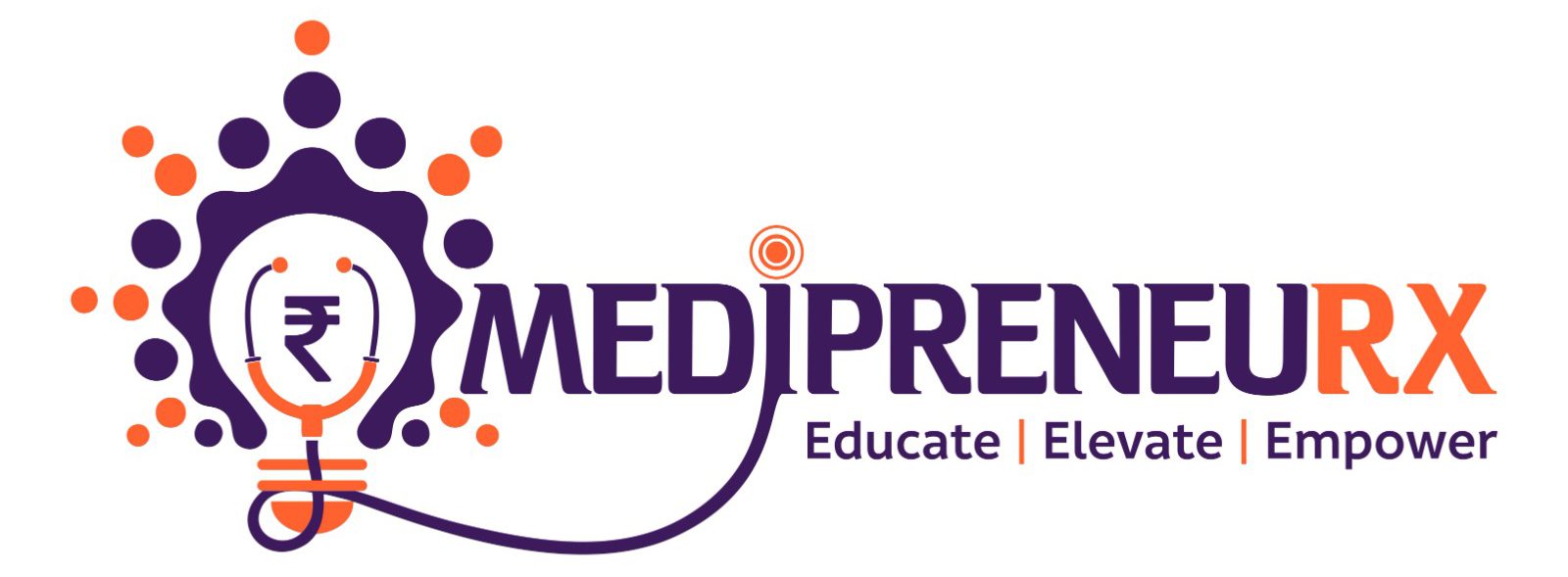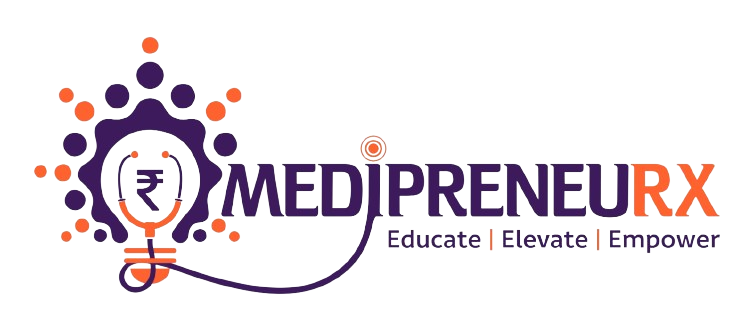There are many benefits to using smart care technologies in hospital beds, including improved patient care, increased operational effectiveness, and better overall healthcare results. The principal benefits consist of:
Remote Management and Monitoring: Health care providers can keep an eye on patients’ vital signs and pertinent data from a distance thanks to technologies like Safety Port and Safe Sense 3. This feature makes it possible to intervene promptly, which minimizes the need for constant bedside presence and maximizes the use of available resources.
Real-time Data Collection: By using smart bed technology, continuous data collection gives medical professionals instantaneous knowledge about a patient’s condition. This makes it easier to identify issues or modifications in the patient’s condition early on, allowing for quicker response times and ultimately better healthcare results.
Fall prevention and patient safety: Smart beds that are equipped with sensors and alarms are essential for reducing the risk of patient falls. When a patient tries to leave without help, these beds can sound an alert, which successfully lowers the risk of injury and greatly improves patient safety in general.
Prevention of Pressure Ulcers: The functions that smart beds come with, such as surface monitoring and pressure redistribution, are essential for preventing pressure ulcers. By dynamically adjusting the bed surface to reduce pressure on sensitive areas, these devices provide preventative steps against future problems. LINET Safe Sense 3 is an example of real-time patient monitoring that gives information about what patients are doing in their beds. This data can be cross-referenced with plans for pressure care interventions, and caregivers are alerted right away if the patient doesn’t move for a predetermined amount of time. The technology also helps with moisture sensing, alerting caregivers to elevated humidity levels on the bed so they can take immediate action to avoid avoidable pressure-related injuries.
Enhanced Patient Comfort: Integrated choices such as X-ray systems and weigh scales, as well as temperature control and movable positioning are all made possible by smart beds. By minimizing pointless transfers and patient handling, these features improve patient comfort. Enhanced comfort fosters a better overall hospital experience by having a favorable impact on patient satisfaction.
Operational Efficiency: Workflows are streamlined by integration with hospital information systems. Healthcare personnel’s labor is reduced by the automatic data recording and exchange between smart beds and electronic health records. Because of its efficiency, medical staff can now devote more of their attention to providing direct patient care, which raises the standard of care.
Cost reductions and Resource Optimization: Although smart care technology requires a large initial investment, long-term benefits include significant cost reductions. Efficient resource usage is a result of better resource allocation, shorter hospital stays, and fewer complications. This highlights the financial advantages of implementing smart care technologies and promotes a more economical and sustainable healthcare system.








